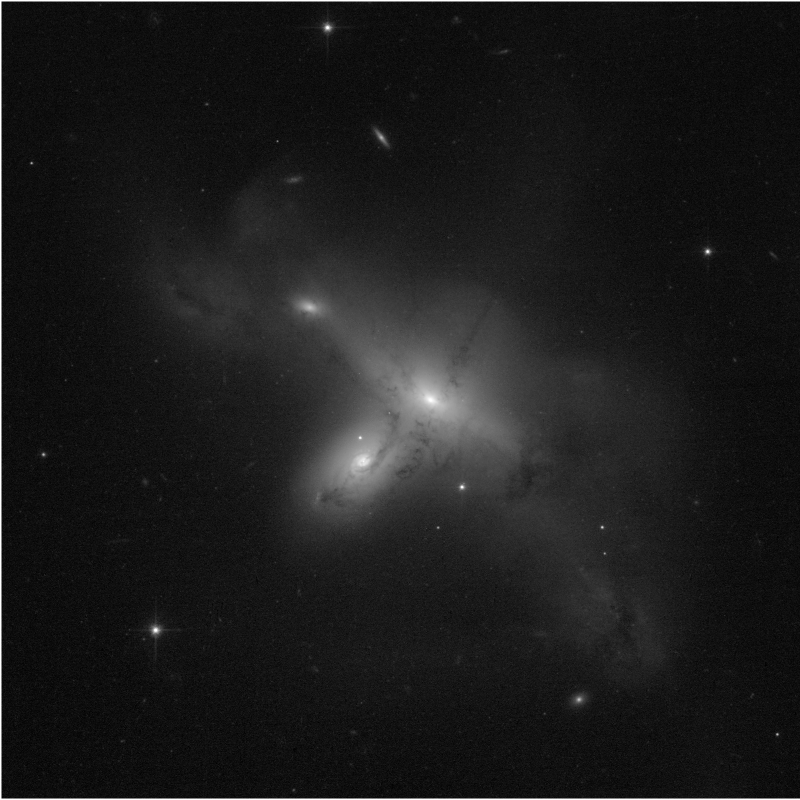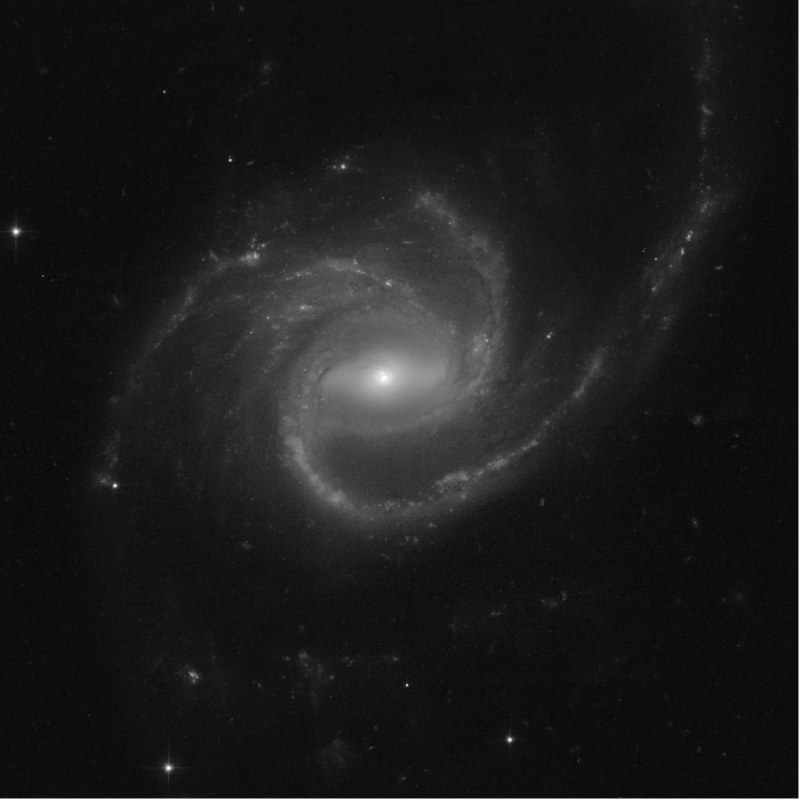
The dream lives
Astronomers are breathing easier this week, since the Hubble Space Telescope has come back online. The orbiting telescope had been in a protective safe mode since June 13, 2021. And a team of experts worked feverishly to repair it throughout late June and early July. The problem had to do with a degrading computer memory module. The great, but aging, telescope finally resumed science operations on July 15, after its handlers switched it to backup hardware. Today, (July 19, 2021), the Space Telescope Science Institute in Baltimore (STScI) released the first images from Hubble since its rebooting. The images show a beautiful pair of oddball galaxies, part of a program to survey oddball galaxies scattered across the sky.
Julianne Dalcanton of the University of Washington in Seattle leads the galaxy program. More about the galaxies below. But first a word about what this telescope means to astronomers. Planetary astronomer Heidi B. Hammel wrote about it in a blog post on July 16. Hammel works via AURA (STScI’s parent organization) on behalf of both Hubble and the soon-to-be-launched Webb telescope, Hubble’s successor. She titled her post Healing Hubble. She said that STScI’s director Ken Sembach told the astronomers and staff at his institute, via a note:
This is so much more than a recovery of a telescope. It is a recovery of the hopes and dreams of the hundreds of people involved in bringing Hubble back online over the past month, and of those countless others who have worked on the mission since its inception five decades ago. That dream – to explore with a space telescope that inspires, amazes, and teaches – lives on.
Oddball galaxies
Now to the newly released images. The one on the left (above) shows a galaxy designated ARP-MADORE2115-273. NASA said it’s a rare example of an interacting galaxy pair visible from Earth’s southern hemisphere. This is Hubble’s first high-resolution – sharp – glimpse at this system, NASA said:
… which is located 297 million light-years away. Astronomers had previously thought this was a ‘collisional ring’ system due to the head-on merger of two galaxies. The new Hubble observations show that the ongoing interaction between the galaxies is far more complex, leaving behind a rich network of stars and dusty gas.
The other galaxy is ARP-MADORE0002-503, located even farther away at 490 million light-years. It’s a spiral galaxy like our Milky Way, but with unusual, extended spiral arms. NASA said:
Its arms extend out to a radius of 163,000 light-years, making it three times more expansive than our Milky Way galaxy. While most disk galaxies have an even number of spiral arms, this one has three.
NASA said in its release of July 19:
These early snapshots demonstrate Hubble’s return to full science operations, following correction of a computer anomaly aboard the spacecraft. Normal science observations were restarted on July 17, at 1:18 pm EDT. Among the early targets are globular star clusters in other galaxies and aurorae on the giant planet Jupiter, in addition to a look at bizarre galaxies.


Bottom line: The Space Telescope Science Institute in Baltimore released images of oddball galaxies on July 19, 2021. They’re the first new images we’ve seen from the Hubble telescope since it resumed normal science operations last weekend.











